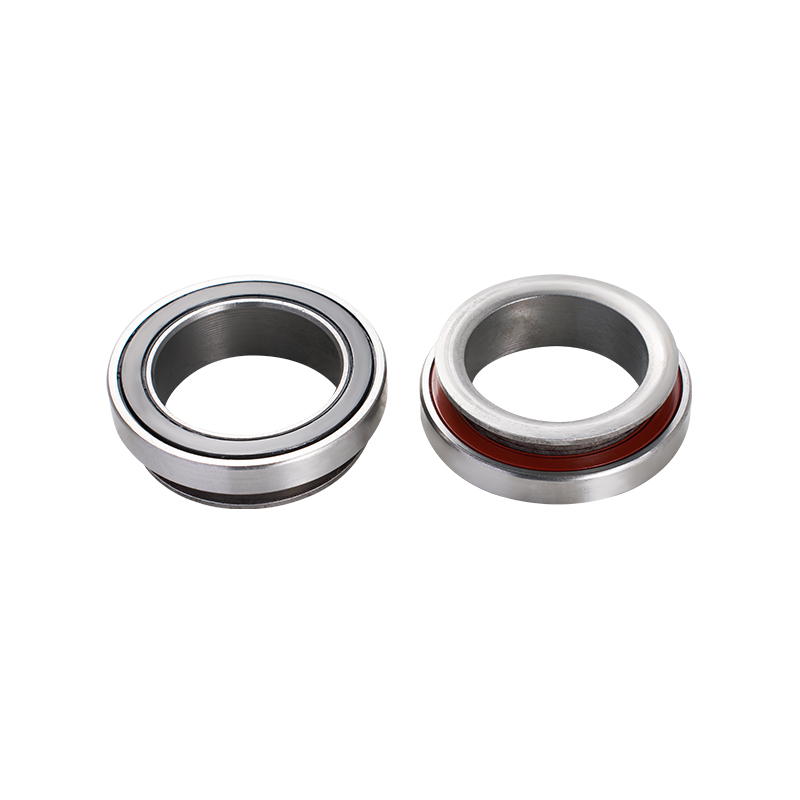In today's high-performance and efficiency-focused automotive industry, modern clutch systems are more advanced than ever before. A critical but often underappreciated component of these systems is the release bearing assembly. Whether in manual passenger cars, racing vehicles, or heavy-duty trucks, the release bearing plays a vital role in ensuring smooth clutch engagement and disengagement. In particular, two types—hydraulic release bearing and hydraulic throwout bearing—are becoming increasingly common as manufacturers move away from traditional mechanical linkage systems.

To understand the importance of the release bearing assembly, it's essential to first grasp how the clutch system works. When a driver presses the clutch pedal, the movement must translate into the disengagement of the engine from the transmission, allowing for smooth gear shifts. The release bearing assembly serves as the interface between the clutch fork or actuator and the pressure plate. It moves forward to push against the pressure plate's diaphragm spring, disengaging the clutch disk from the flywheel. Without this crucial action, gear shifting would be rough or impossible.
As vehicles become more performance-oriented and space-saving designs dominate engine bays, the hydraulic release bearing has emerged as a preferred solution. Unlike mechanical linkages that rely on a series of rods, cables, and levers, a hydraulic release bearing uses hydraulic pressure to activate the bearing. This setup allows for more consistent and smoother operation while requiring less physical effort from the driver.
In fact, a hydraulic throwout bearing is a specific type of hydraulic release bearing designed to combine both the actuator and the bearing into one unit. This integration saves space and reduces the number of components in the system, which lowers the risk of mechanical failure. The hydraulic throwout bearing receives pressurized brake fluid when the clutch pedal is pressed, causing it to slide forward and engage the clutch diaphragm. Its self-centering action ensures a more even wear pattern and improved longevity of clutch components.
Many modern vehicles now come standard with a hydraulic throwout bearing, replacing the older external slave cylinder design. These bearings are typically mounted inside the transmission bell housing, surrounding the input shaft. This central positioning ensures a direct line of action and eliminates the need for additional mechanical linkage, which in turn contributes to improved responsiveness and driver comfort.
However, it's not just about convenience. The release bearing assembly, particularly in its hydraulic release bearing and hydraulic throwout bearing forms, also enhances vehicle durability. A well-functioning bearing ensures minimal contact friction and reduces stress on the pressure plate and clutch disk. When these bearings start to wear, drivers may notice symptoms such as a spongy clutch pedal, difficulty shifting gears, or unusual noises when pressing the clutch. Replacing a faulty release bearing assembly promptly is crucial to avoid further transmission damage.
Automotive professionals and aftermarket parts suppliers are seeing increasing demand for high-quality hydraulic release bearings, especially in performance and commercial vehicles. Their reliability, compact design, and efficient operation make them ideal for modern applications. Additionally, these systems often come with self-adjusting mechanisms that compensate for clutch wear over time, extending the service life of the entire clutch assembly.
The release bearing assembly plays an essential role in the functionality and comfort of modern clutch systems. Whether through a traditional design or an integrated hydraulic throwout bearing, this component ensures smooth engagement and disengagement of the transmission. As the industry continues to favor efficiency, performance, and reduced mechanical complexity, the hydraulic release bearing will likely remain a cornerstone in clutch system design. Understanding how it works and recognizing the signs of wear can help vehicle owners maintain peak driving performance and avoid costly repairs.



 English
English русский
русский
